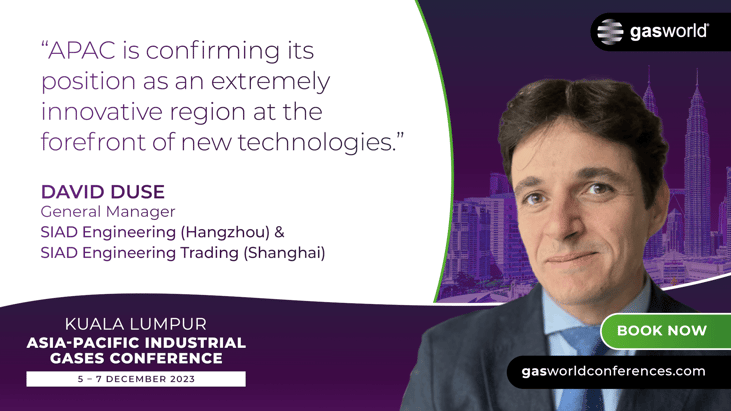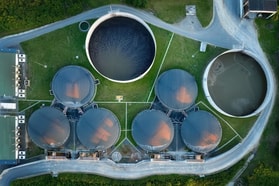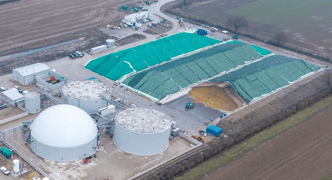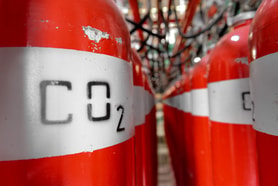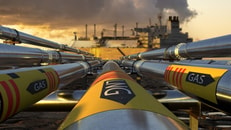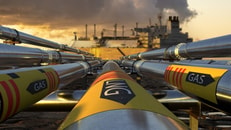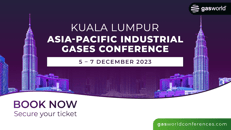APAC Conference: An interview with David Duse
The countdown is on for gasworld APAC Industrial Gases Conference 2023 in Kuala Lumpur, Malaysia. In just over two weeks’ time, sessions surrounding the economic landscape and regional industrial gas markets, delivering and investing in decarbonisation, and more will highlight the import role of the region as we look ahead to the future.
In the lead-up to the landmark event, gasworld is taking some time with our speakers before they take to the stage. In the first exclusive interview of the series, we speak to David Duse, General Manager of SIAD Engineering (Hangzhou) and SIAD Engineering Trading Shanghai.
Here, Duse tells us about some exciting projects that SIAD is currently working on in the Asia Pacific region, operational advances that are helping to shape the market, and what we can hear from his presentation during session three of the event.
David, you’re soon going to be speaking at gasworld’s APAC Industrial Gases Conference. What can attendees expect from your presentation?
... to continue reading you must be subscribed

